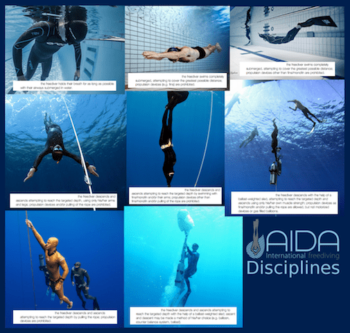Last Updated on October 1, 2025 by Dan
How to Improve Your Breath-Hold: A Practical Guide for Freedivers and Ocean Lovers
For anyone drawn to the underwater world—whether through freediving, spearfishing, or simply snorkeling—the ability to hold your breath longer can completely transform your experience. A steady, controlled breath-hold allows you to relax at depth, extend your bottom time, and feel safe and confident in the water. The good news? Breath-holding isn’t just a talent you’re born with—it’s a skill you can train.
In fact, with structured practice, most people add 30–90 seconds to their dry breath-hold within about one month. With consistency and the right techniques, you can progress to 4 minutes or more—even if your starting point is only 2–3 minutes.
Here’s a breakdown of how to safely and effectively train your breath-hold before your first (or next) freediving course.
Why Train Breath-Hold on Land?
Training breath-hold in a safe, controlled environment before heading to the ocean gives you several advantages:
-
Calm under pressure: By practicing relaxation, you learn to stay composed when CO₂ levels rise.
-
Confidence in the water: You’ll already be familiar with the sensations of a longer hold, making it easier to stay relaxed at depth.
-
Better progress on a freediving course: Instead of spending your course time battling nerves, you can focus on technique and equalization.
The Foundations: Breath Awareness and Relaxation
Your first step is not about “pushing hard” or straining to stay under. It’s about learning to relax. Breath-hold training starts with awareness of your breath patterns and learning how to downshift into calmness.
Try this:
-
Lie down comfortably.
-
Breathe slowly in and out through your nose.
-
Focus on extending your exhale to trigger relaxation.
-
Spend 5–10 minutes simply noticing your breath without forcing it.
This sets the stage for longer, calmer holds by reducing your resting heart rate and anxiety.
Building Your Breath-Hold: Step-by-Step
The most effective way to improve is to follow a structured program that gradually conditions both your body and your mind. Here are the core pillars:
1. 6-Week Breather Challenge
This stage builds the foundation: calm breathing patterns, awareness of tension in the body, and learning how to relax deeply before and during a hold. Think of it as mental training just as much as physical.
2. Breath-Hold Builder (CO₂ Tolerance Training)
When you hold your breath, the main urge to breathe comes from rising CO₂—not from running out of oxygen. By training your CO₂ tolerance, you condition your body and mind to stay calm through the discomfort.
-
Use progressive CO₂ tables (series of holds with shorter recovery times).
-
Notice and accept the urge to breathe, instead of fighting it.
3. Breathwork Masterclass
Freedivers use specialized breathing techniques both before and after dives. Practicing these on land builds muscle memory. You’ll learn:
-
Preparation breathing for relaxation and optimal oxygenation.
-
Recovery breathing to safely clear CO₂ after a hold.
-
Gentle stretches and lung exercises to improve flexibility and capacity.
4. Apnea Library of Exercises
A variety of routines keeps training engaging and prevents plateaus. These include:
-
Dry static holds (on land).
-
Visualization and mindfulness exercises.
-
Diaphragmatic stretches and “packing” (advanced).
5. Live or Guided Trainings
Training with others—even virtually—adds accountability and support. Weekly breath-hold sessions (live or replayed) help you stay consistent and push your limits safely.
6. Community Support
Sharing wins, progress, and challenges with other divers keeps motivation high. Freediving can sometimes feel solitary, but a supportive group makes it easier to stay on track.
Who Will Benefit from Breath-Hold Training?
Breath-hold training is for anyone who wants to feel more at home underwater:
-
Aspiring or newly certified freedivers who want to be confident on their first course.
-
Spearfishers aiming for longer, calmer bottom time.
-
Returning divers who may already be comfortable with 2–3 minute holds at 10–15 meters but want to progress further.
Results You Can Expect
Most beginners add 30–90 seconds to their dry static breath-hold within about one month of consistent training. With time, many progress to 4 minutes or more, with greater control, less anxiety, and more enjoyment of every dive.
Beyond the numbers, the benefits run deeper:
-
You’ll feel calmer in stressful situations.
-
You’ll learn how to control your body and mind under pressure.
-
You’ll enjoy your time underwater with a sense of ease instead of urgency.
Key Safety Reminder
Never train long breath-holds alone in water. All dry training can be done safely on land, but any in-water training must always be supervised by a qualified buddy. Shallow water blackout is a real risk if training unsafely.
Final Thoughts
Improving your breath-hold isn’t just about chasing numbers—it’s about cultivating relaxation, control, and confidence. With the right structure, you’ll see measurable improvements in weeks, but more importantly, you’ll carry that sense of calm into every dive.
Whether you’re preparing for your very first freediving course, returning after time away, or wanting to extend your spearfishing dives, structured breath-hold training is one of the most powerful investments you can make in your underwater journey.

